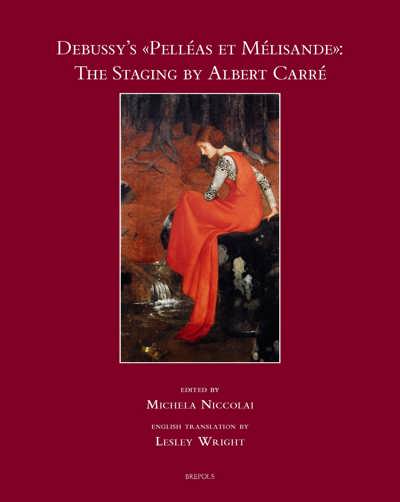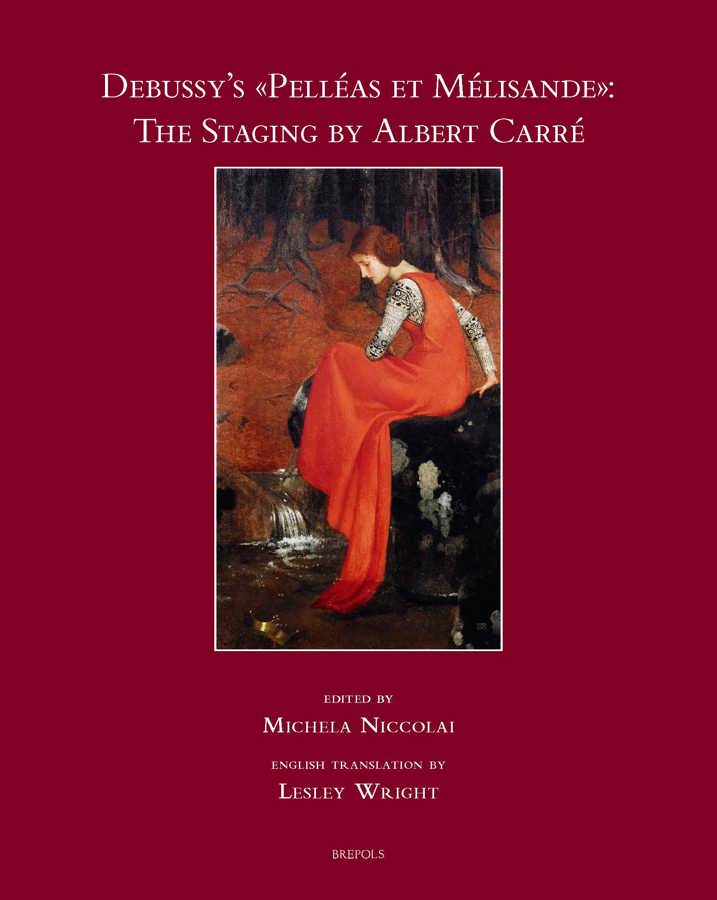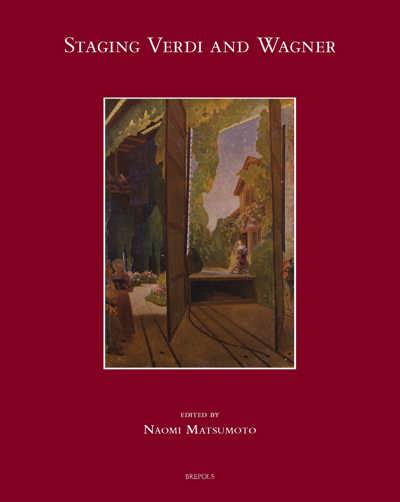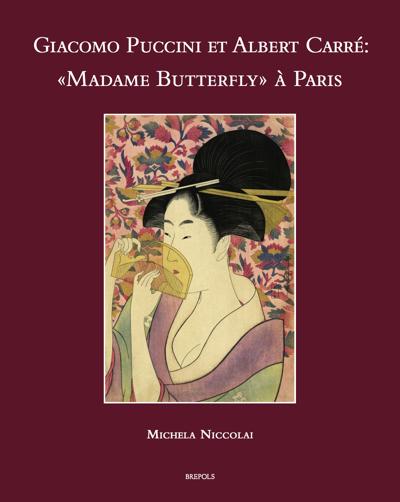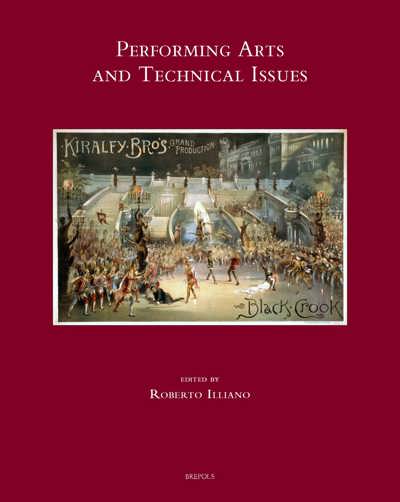
- Pages: 253 p.
- Size:215 x 260 mm
- Illustrations:20 b/w
- Language(s):English, French
- Publication Year:2017
- € 110,00 EXCL. VAT RETAIL PRICE
- ISBN: 978-2-503-57462-2
- Hardback
- Available
Critical edition of the Staging by Albert Carré for Debussy's «Pelleas et Mélisande»
“Niccolai’s approach is an excellent one, very thoroughly executed, and it illuminates Debussy’s seminal opera as well as providing an essential reference book for further work in this field.” (Richard Langham Smith, in H-France Review, 17, 2017)
Michela Niccolai has published the volumes «La Dramaturgie de Gustave Charpentier» (Brepols, 2011), a revised version of her Ph.D. thesis (Saint-Étienne/Pavia, 2008), and more recently «Giacomo Puccini et Albert Carré: "Madame Butterfly" à Paris» (Brepols, 2012). At the University of Montréal (OICRM) she completed a post-doctorate project on the editing of Charpentier’s various musical and social writings.
Lesley Wright is Professor of Music at University of Hawai'i at Manoa. Her main research interests focus on Bizet, Massenet, and Saint-Saëns, as well as the institutions, press, and musical culture of 19th-century France. She also works on opera history and has examined the changing views of Berlioz in the late 19th century.
Among the various, extant sources relating to «Pelléas et Mélisande», the staging has not yet been selected as the subject of a critical edition. The correspondence between Debussy and Albert Carré — who was at the time manager and director at the Opéra-Comique — and the publication of the latter’s «Souvenirs de théâtre» do not provide sufficient information to establish a comprehensive understanding of the stage production. Numerous staging documents have preserved in some Parisian archives. Engagement with them has revealed two levels of visual representation: the staging of the première, signed by Albert Carré, and its printed version, including many changes, issued by Durand several years later. The critical edition presented here, based on this latter version, highlights the differences with the 1902 version, involving changes resulting from the publisher’s decision to widen the dissemination of Debussy’s work, especially in theatres with less advanced lighting technology compared to the Opéra-Comique. The booklet containing the handwritten notes for «Pelléas et Mélisande», by Albert Carré, is extremely important: the staging contained within the notes, as well as having inaugurated the history of this work, has been in use in the same theatre until 1947. A study of this type that compares visual documents with the musical score, contemporary press reports and iconographic sources, aims to reconstruct the operatic performance as a whole (including the musical text and scenic elements), allowing the reader to ‘attend’ «Pelléas et Mélisande» as if he were sitting in the audience at the beginning of the twentieth century.
Foreword
Avant-propos
Between Shadow and Light: Albert Carré and the Staging of Pelléas et Mélisandre
Illustrations
Entre ombre et lumière: Albert Carré et la mise en scène de Pelléas et Mélisandre
Pelléas et Mélisandre: Critical Edition of the Staging
Description and Critical Analysis of the Sources for the Staging of Pelléas et Mélisande
Principles of the Edition
Critical Edition of the Staging: Text and Critical Notes
First Act
Second Act
Third Act
Fourth Act
Fifth Act
Critical Notes
Glossary
Appendix: Pelléas et Mélisandre in the Souvenirs of Albert and Marguerite Carré Les Souvenirs d’Albert Carré
Les «émissions radiophoniques» de Marguerite Carré La mise en scène
À propos de Pelléas
Libraries and Archives, Librettos, Piano-vocal Scores, Bibliography
